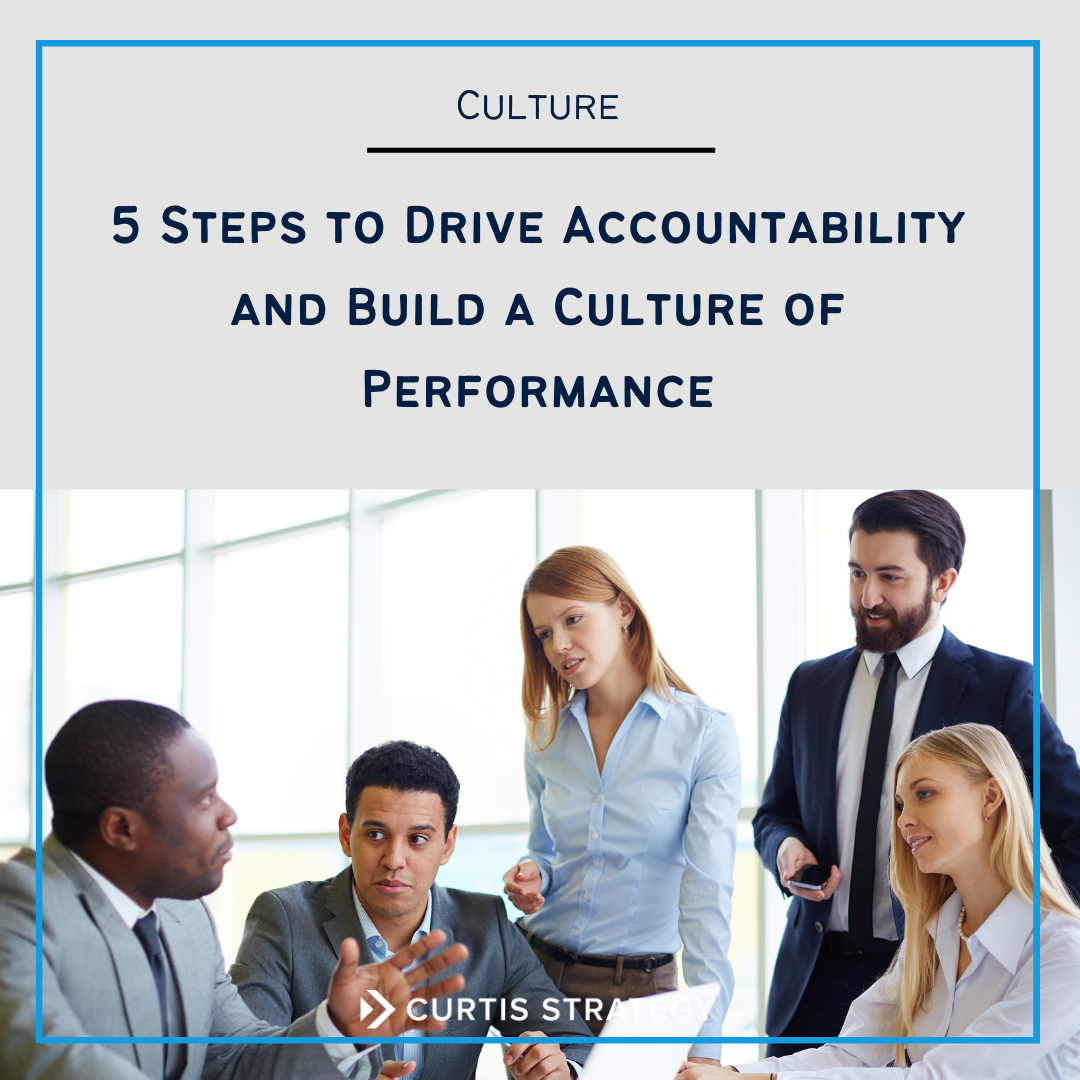
INSIGHTS

Accountability, Alignment, Action: How to Bridge the Strategy-to-Results Gap
Learn how nonprofit leadership can bridge the strategy-to-results gap by mastering the pillars of alignment, accountability, and action to drive measurable organizational impact.

From the Stage and the Seat: Key Takeaways on Shaping Tomorrow's Human Services
Key takeaways from the Providers' Council 50th Convention: Strategies for human services nonprofits to overcome sector challenges, burnout, and funding realities while building resilience.

Leading Through Change: The Power of Proactive and Empathetic Leadership
Learn how to navigate organizational change with a proactive strategy of empathetic leadership and transparent communication to support your team.

The Challenging Conversations in a Nonprofit Merger or Affiliation
Navigating nonprofit mergers and affiliations requires addressing key challenges. This article provides critical insights for nonprofit CEOs and leaders to successfully guide strategic integrations, enhancing impact and ensuring long-term sustainability.

The Critical Role of Strategic Planning and Communication During Uncertain Times
This article reveals how human services nonprofits can navigate external uncertainty and maintain mission clarity, using strategic planning and communication as vital lifelines for resilience and stability.

Navigating the Tides: Leading Through Funding Uncertainty
This article offers nonprofit leaders strategies to navigate uncertain funding landscapes. Learn how to transform challenges into growth and resilience by getting involved with associations and networks, implementing proactive scenario planning for budgets, and embracing strategic planning as a compass for sustainable growth and mission clarity amidst external pressures.

How to Build a Data Strategy: A Comprehensive Guide
Unlock your data's potential. Discover how to build an effective data strategy to drive decisions, optimize operations, and gain a competitive edge.

Engaging Elected Officials:A Nonprofit Leader's Guide
Learn how nonprofit leaders can effectively engage with elected officials to shape policy, secure funding, and advocate for their communities. This article provides practical strategies for building relationships and influencing change at the state and federal levels.

The Performance Puzzle: Aligning People and Structure for Success
Unlock your organization's potential with this 5-step framework. Align structure and capabilities to build a high-performing culture that drives accountability and sustained success.
The Performance Puzzle: Aligning People and Structure for Success

Revitalizing Your Organization: Recognizing the Need for Organization Redesign
Is your nonprofit struggling with siloed departments, staff burnout, or inefficient processes? Learn 5 key signs your organization needs a structural redesign to improve collaboration, enhance client care, and boost overall impact.

5 Steps to Drive Accountability and Build a Culture of Performance
Organizations are overflowing with data, but not all data is created equal. In order to use data to improve performance and mission outcomes, it is important to collect the right data, analyze it effectively, and make data-driven decisions.
Our nonprofit consultants recommend 5 steps to enable CEOs and COOs to use data effectively to drive the change needed to build a culture of performance.

The Fundamentals of Feedback
We’ve all heard the adage “feedback is a gift.” While most nonprofit leaders would agree, providing constructive feedback is a skill not all managers have mastered. Many managers are so uncomfortable giving feedback, that they avoid difficult conversations altogether. And receiving constructive feedback gracefully is another skill set altogether.
But studies show that high performing individuals crave feedback. In order to develop and retain that talent, and compete in the war for talent, we have to create a culture of feedback within our organizations. This means teaching our staff how to give - and receive - feedback effectively.
In this post, we will explore the do’s and don’ts for giving and receiving feedback and how you can support a culture of feedback within your organization.

Four Pillars of Successful Performance Reviews
For the most part, leaders agree on the importance of performance reviews and high performing individuals crave feedback. So why does it feel so difficult to create an effective performance review process? And how should reviews be designed to ensure they are effective? In order to function at their best, performance reviews need to be consistent, objective, contextual, and impactful.

Benefit Strategy: Keep, Cut, Create, and Communicate!
A benefits package is a great way to demonstrate how much you value your nonprofit employees. An effective benefits strategy is one that meets your employees’ needs while staying within your budget. A great benefits strategy combines employee needs, business needs, and aligns with your culture. If a merger isn’t in your future, it’s still important to reevaluate your benefits package regularly and remember to balance employee needs with the organization’s culture and budget.

Leading Through Times of Organizational Change
Change involves going from the current way of doing things to a desired future state. Throughout the change process it is the organization’s leaders—the sponsors of change—who play the most critical role in determining the success of the effort. It’s easy to lead when all goes according to plan. However, organizations typically experience challenges with implementation. While these challenges can be temporarily uncomfortable, organizational leaders should not let that deter them. Instead they need to embrace change and view it as part of their role. Organizational leaders need to be adaptable by being able to detect and respond to change. That begins by embedding change and innovative thinking into the organization’s culture.
